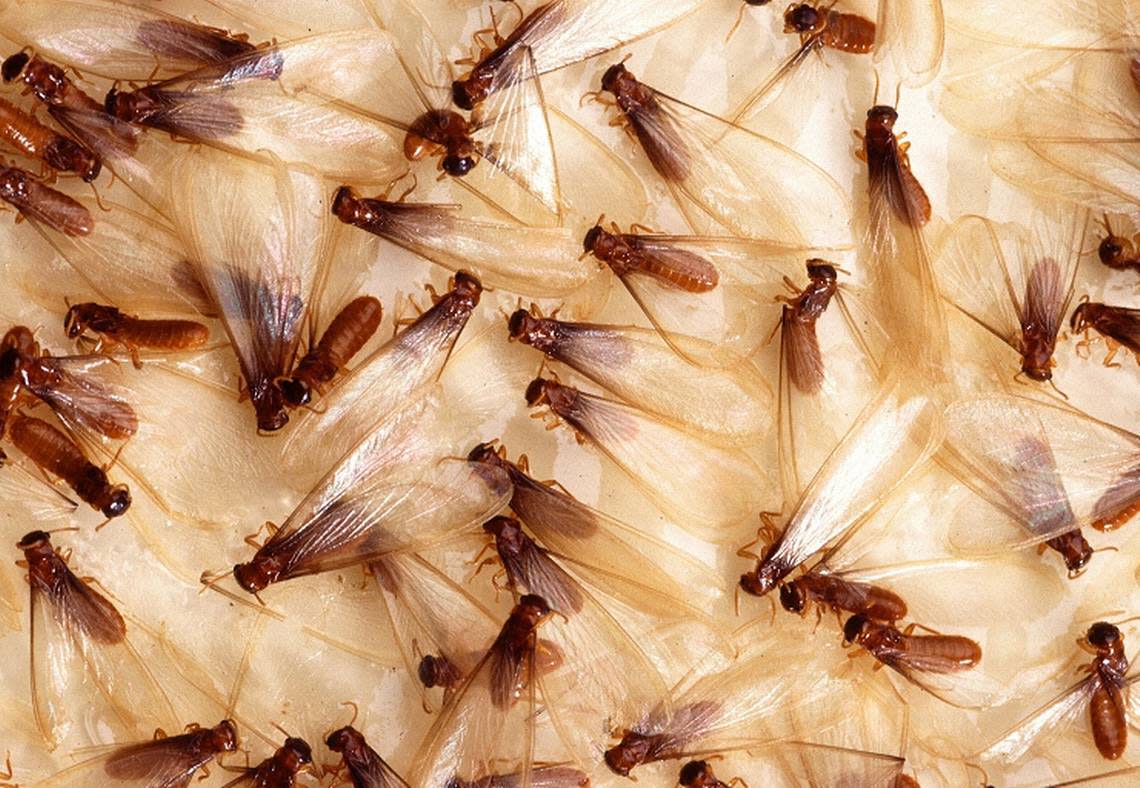This exotic termite is often the most destructive in SC and is spreading, experts say. Here’s where

An invasive termite that can be more destructive than its native counterparts has been spreading in South Carolina, some experts say.
Formosan subterranean termites have increased their hold in the Palmetto State in recent years — with established colonies in 14 counties as of June, mainly in the Lowcountry and the Midlands, according to a recent article by Eric Benson, professor emeritus, extension entomologist, Clemson University. Research and citizen reports documented by Clemson entomologists were used to show the termite spread.
The article, posted on the Clemson Cooperative Extension’s website, notes colonies were also found in Pickens and York counties, but that those have since been eliminated. Also, the discovery of Formosan termites does not mean they are in every part of a county, just that certain areas of counties have established infestations, the article states.
The continued spread of Formosans is a concern, given their potentially destructive capabilities.
“Of all the termite species in SC, Formosan termites can be the most destructive and the more challenging to treat,” the article states.
South Carolina counties with confirmed Formosan colonies
Aiken
Lexington
Richland
Sumter
Orangeburg
Bamberg
Colleton
Dorchester
Berkeley
Charleston
Jasper
Beaufort
Georgetown
Horry
Formosan termites
According to Clemson Cooperative Extension, there are four species of subterranean termites in South Carolina, three of which are native. The Formosan, native to China, was introduced in the state in the 1950s. And like the native species in South Carolina, Formosans eat cellulose in wood, which is why they can cause such havoc in homes and other structures.
What they look like:
Formosan termites have three distinct forms, according to orkin.com, including the wingless or winged reproductive alates, the protector soldiers and the workers. The head of a Formosan soldier is oblong, whereas native subterranean species have rectangular heads.
The alates or swarmers, are yellow-ish brown and are about half an inch long.
What makes Formosans so destructive
A single Formosan is actually not any more destructive than a native subterranean termite.
“If you gave each worker a block of wood, they would consume the wood at about the same rate,” the report states.
Also, Formosans can be killed in the same way as other termites.
What increases Formosans’ destructive potential is the size of their colonies, which can be far larger than those of native species. A Formosan colony can have as many as a million or more workers, while a native species of termite colony will have about 100,000 workers.
“It is the sheer number of termites feeding that can make them consume wood at a faster rate,” the report states. “It is not because they are super-eaters. And if they establish an aerial nest or carton, they can be harder to detect and treat.”
Removing Formosan termites and prevention
According to pestworld.org, if you suspect a Formosan termite infestation, you should contact a licensed pest professional about control and treatment.
Prevention
Homeowners should consider scheduling annual termite inspections, or at least ever three to five years.
Eliminate sources of moisture — reduce humidity in crawl spaces, attics and basements. Divert water away from the home’s foundation to prevent Formosan access.
Store firewood at least 20 feet away from your home.
Maintain a 1-inch gap between soil and wood portions of your home.

